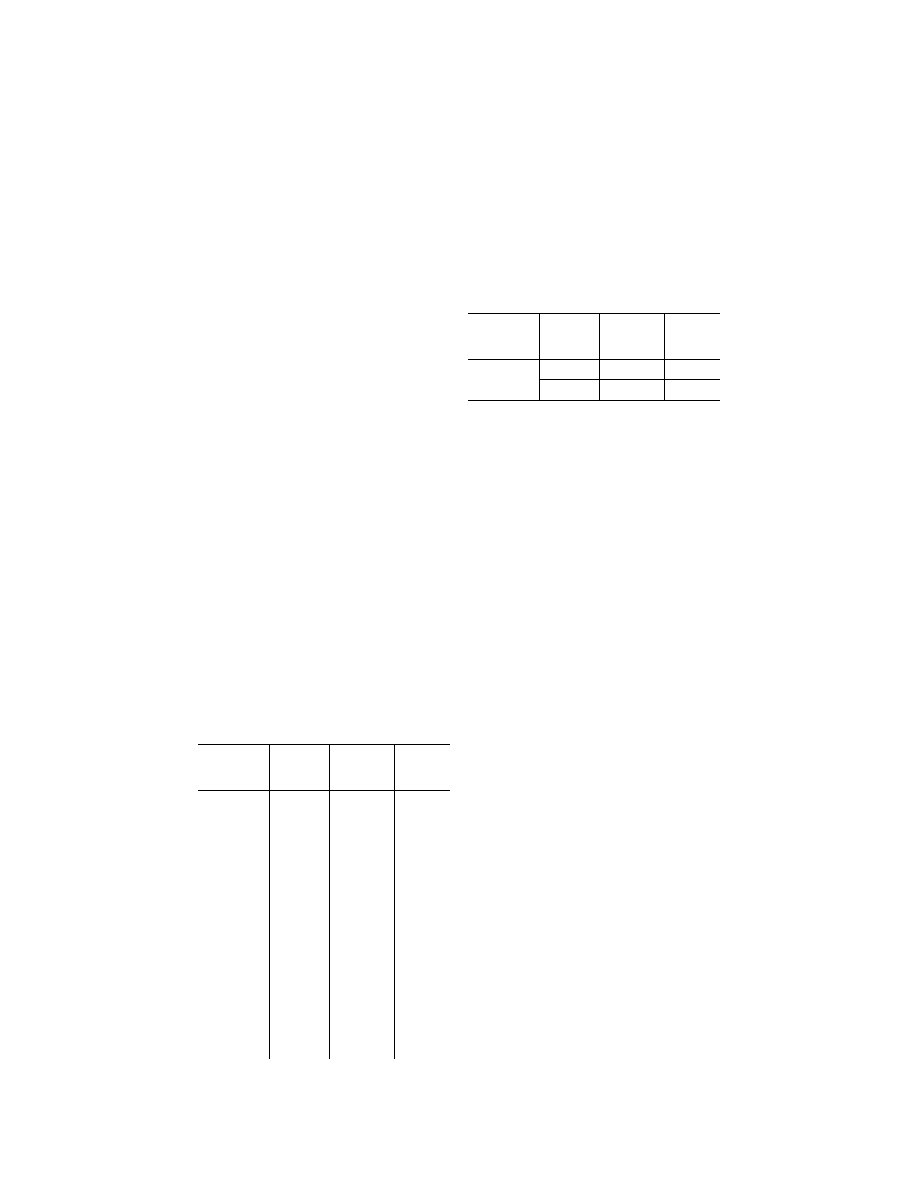
111
Federal Aviation Administration, DOT
Pt. 60, App. A
extraneous noise from other locations in the
building. Background noise can seriously im-
pact the correct simulation of airplane
sounds and should be kept below the airplane
sounds. In some cases, the sound level of the
simulation can be increased to compensate
for the background noise. However, this ap-
proach is limited by the specified tolerances
and by the subjective acceptability of the
sound environment to the evaluation pilot.
(b) The acceptability of the background
noise levels is dependent upon the normal
sound levels in the airplane being rep-
resented. Background noise levels that fall
below the lines defined by the following
points, may be acceptable:
(i) 70 dB @ 50 Hz;
(ii) 55 dB @ 1000 Hz;
(iii) 30 dB @ 16 kHz
(N
OTE
: These limits are for unweighted
1
⁄
3
octave band sound levels. Meeting these lim-
its for background noise does not ensure an
acceptable flight simulator. Airplane sounds
that fall below this limit require careful re-
view and may require lower limits on back-
ground noise.)
(6) Validation testing. Deficiencies in air-
plane recordings should be considered when
applying the specified tolerances to ensure
that the simulation is representative of the
airplane. Examples of typical deficiencies
are:
(a) Variation of data between tail numbers;
(b) Frequency response of microphones;
(c) Repeatability of the measurements.
T
ABLE
A2B—E
XAMPLE OF
C
ONTINUING
Q
UALI
-
FICATION
F
REQUENCY
R
ESPONSE
T
EST
T
OL
-
ERANCE
Band center
frequency
Initial results
(dBSPL)
Continuing
qualification
results
(dBSPL)
Absolute
difference
50 .....................
75.0 73.8 1.2
63 .....................
75.9 75.6 0.3
80 .....................
77.1 76.5 0.6
100 ...................
78.0 78.3 0.3
125 ...................
81.9 81.3 0.6
160 ...................
79.8 80.1 0.3
200 ...................
83.1 84.9 1.8
250 ...................
78.6 78.9 0.3
315 ...................
79.5 78.3 1.2
400 ...................
80.1 79.5 0.6
500 ...................
80.7 79.8 0.9
630 ...................
81.9 80.4 1.5
800 ...................
73.2 74.1 0.9
1000 .................
79.2 80.1 0.9
1250 .................
80.7 82.8 2.1
1600 .................
81.6 78.6 3.0
2000 .................
76.2 74.4 1.8
2500 .................
79.5 80.7 1.2
3150 .................
80.1 77.1 3.0
4000 .................
78.9 78.6 0.3
5000 .................
80.1 77.1 3.0
6300 .................
80.7 80.4 0.3
8000 .................
84.3 85.5 1.2
10000 ...............
81.3 79.8 1.5
12500 ...............
80.7 80.1 0.6
T
ABLE
A2B—E
XAMPLE OF
C
ONTINUING
Q
UALI
-
FICATION
F
REQUENCY
R
ESPONSE
T
EST
T
OL
-
ERANCE
—Continued
Band center
frequency
Initial results
(dBSPL)
Continuing
qualification
results
(dBSPL)
Absolute
difference
16000 ...............
71.1 71.1 0.0
Average ....
....................
......................
1.1
8. A
DDITIONAL
I
NFORMATION
A
BOUT
F
LIGHT
S
IMULATOR
Q
UALIFICATION FOR
N
EW OR
D
E
-
RIVATIVE
A
IRPLANES
a. Typically, an airplane manufacturer’s
approved final data for performance, han-
dling qualities, systems or avionics is not
available until well after a new or derivative
airplane has entered service. However, flight
crew training and certification often begins
several months prior to the entry of the first
airplane into service. Consequently, it may
be necessary to use preliminary data pro-
vided by the airplane manufacturer for in-
terim qualification of flight simulators.
b. In these cases, the NSPM may accept
certain partially validated preliminary air-
plane and systems data, and early release
(‘‘red label’’) avionics data in order to permit
the necessary program schedule for training,
certification, and service introduction.
c. Simulator sponsors seeking qualifica-
tion based on preliminary data should con-
sult the NSPM to make special arrange-
ments for using preliminary data for flight
simulator qualification. The sponsor should
also consult the airplane and flight simu-
lator manufacturers to develop a data plan
and flight simulator qualification plan.
d. The procedure to be followed to gain
NSPM acceptance of preliminary data will
vary from case to case and between airplane
manufacturers. Each airplane manufactur-
er’s new airplane development and test pro-
gram is designed to suit the needs of the par-
ticular project and may not contain the
same events or sequence of events as another
manufacturer’s program, or even the same
manufacturer’s program for a different air-
plane. Therefore, there cannot be a pre-
scribed invariable procedure for acceptance
of preliminary data, but instead there should
be a statement describing the final sequence
of events, data sources, and validation proce-
dures agreed by the simulator sponsor, the
airplane manufacturer, the flight simulator
manufacturer, and the NSPM.
N
OTE
: A description of airplane manufac-
turer-provided data needed for flight simu-
lator modeling and validation is to be found
in the IATA Document ‘‘Flight Simulator
Design and Performance Data Require-
ments,’’ as amended.
VerDate Sep<11>2014
16:30 Jun 25, 2019
Jkt 247047
PO 00000
Frm 00121
Fmt 8010
Sfmt 8002
Q:\14\14V2.TXT
PC31
kpayne on VMOFRWIN702 with $$_JOB